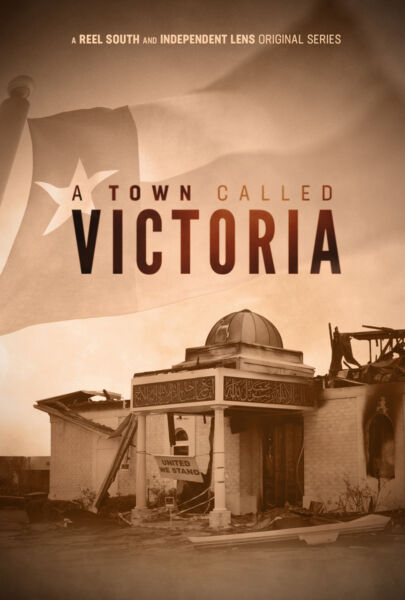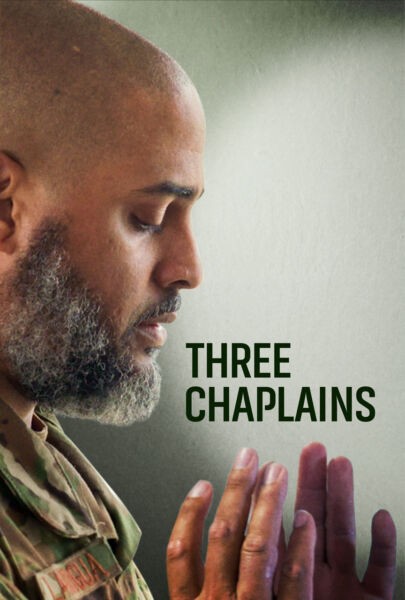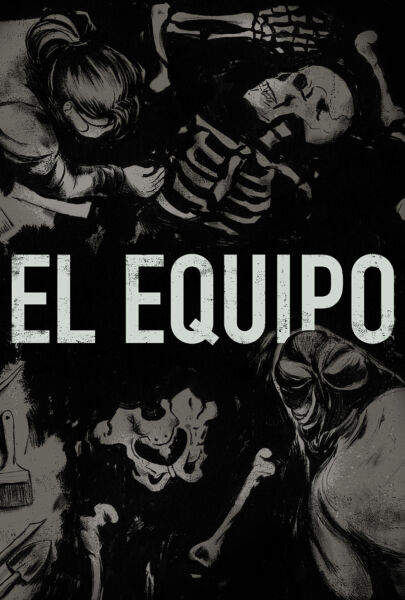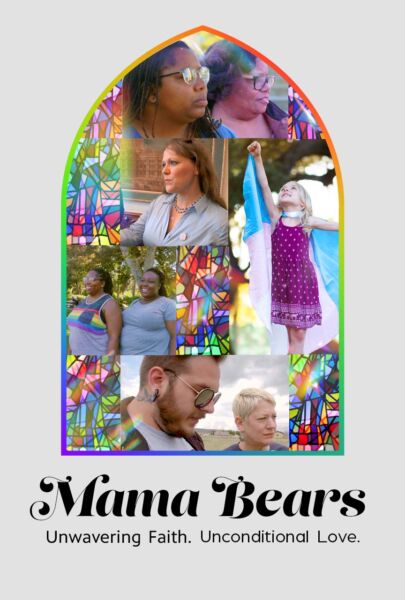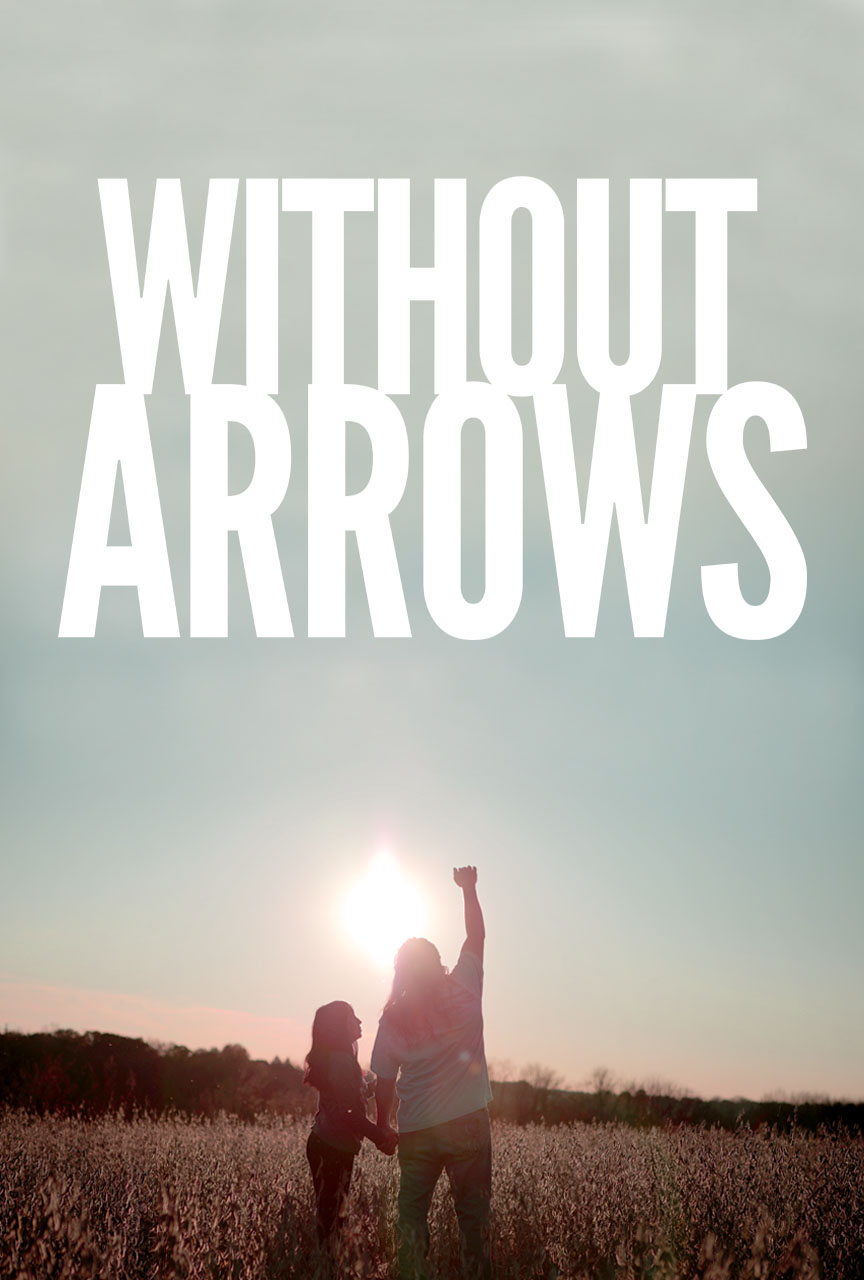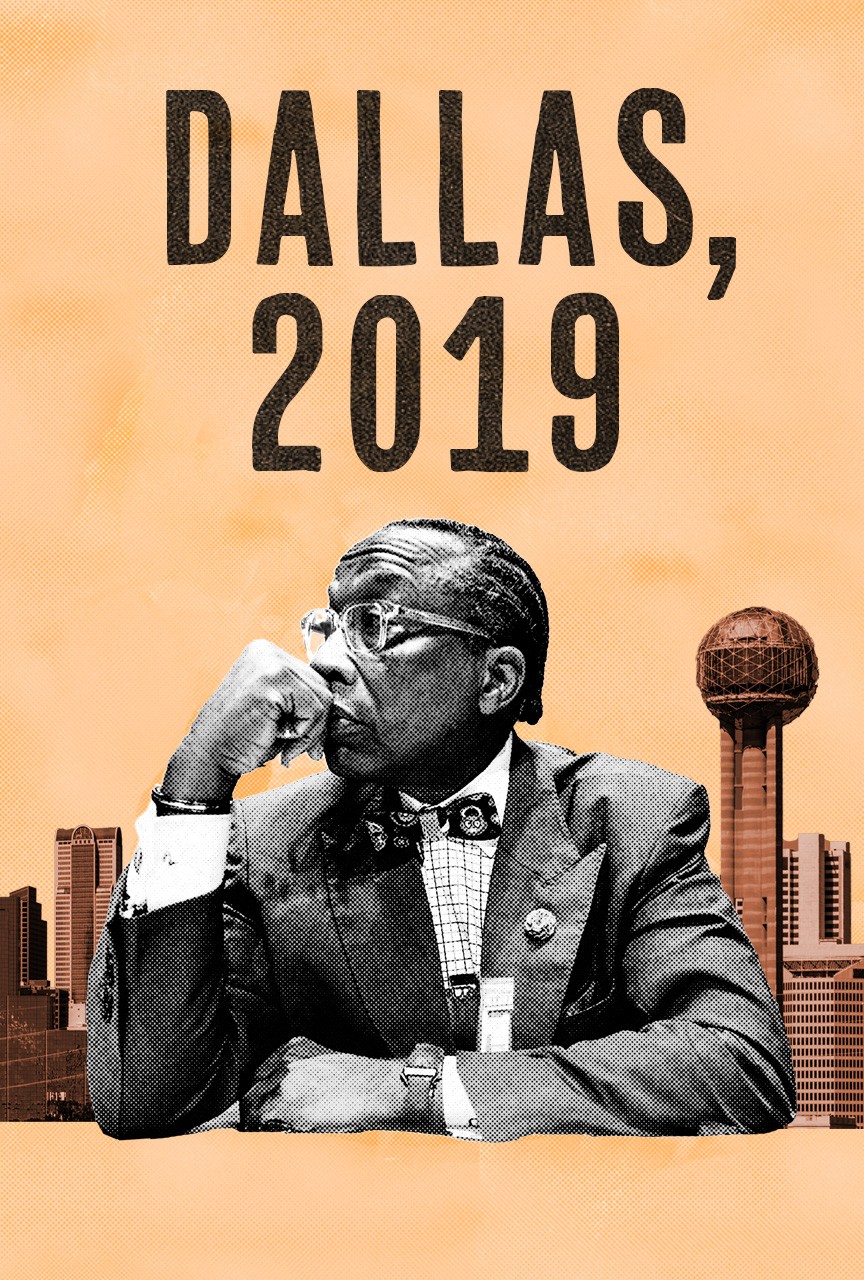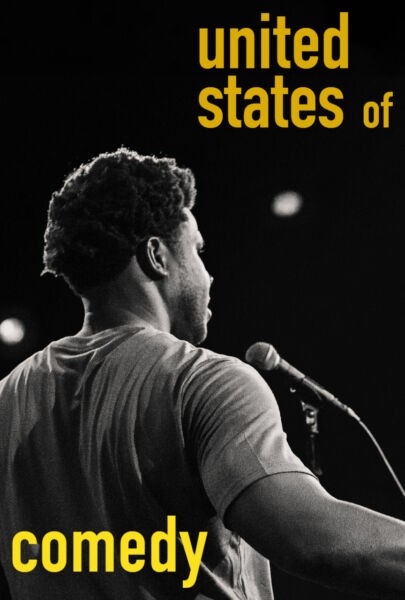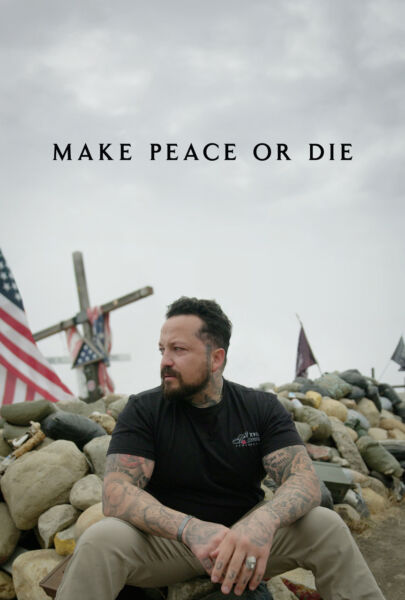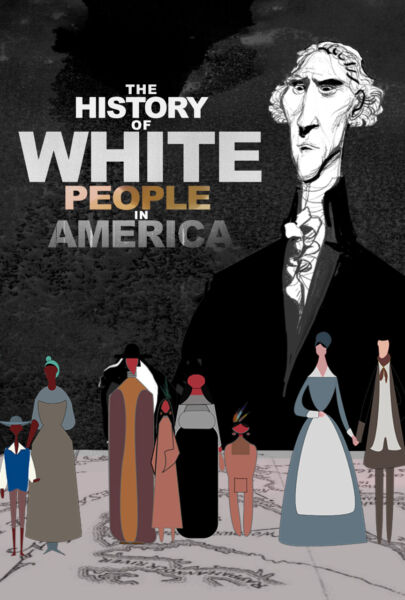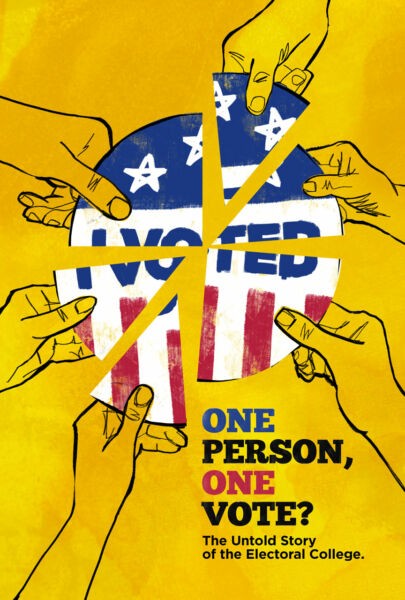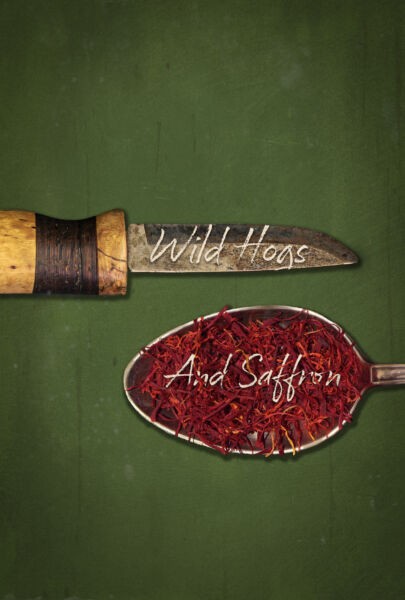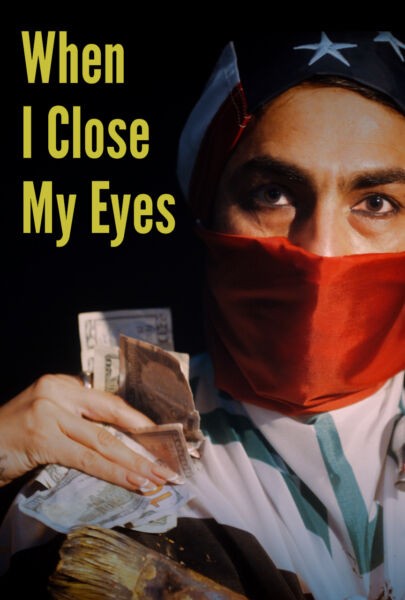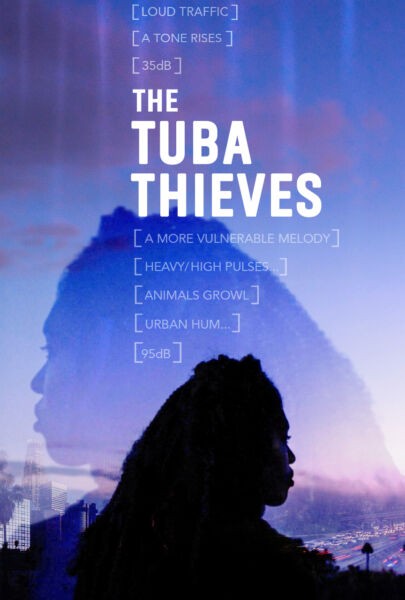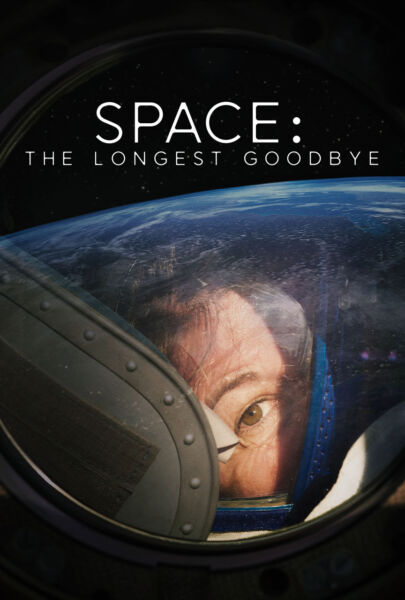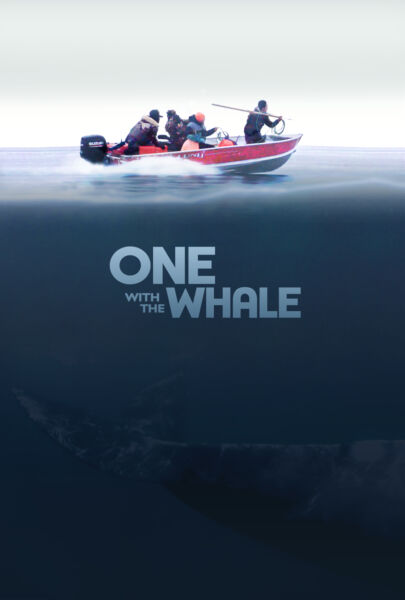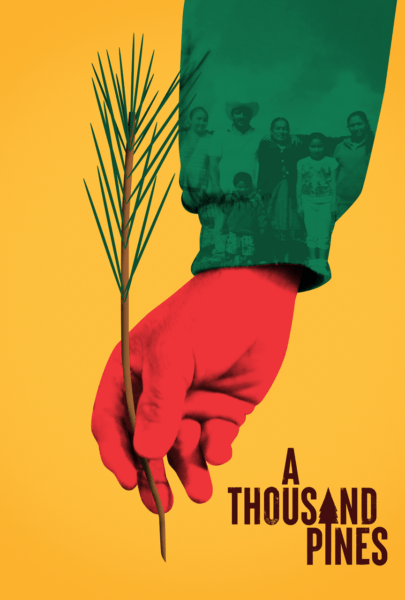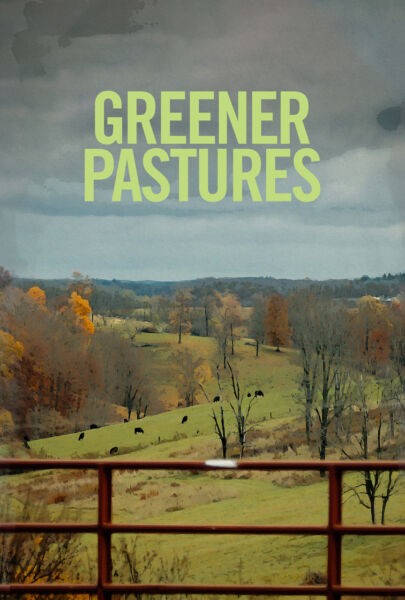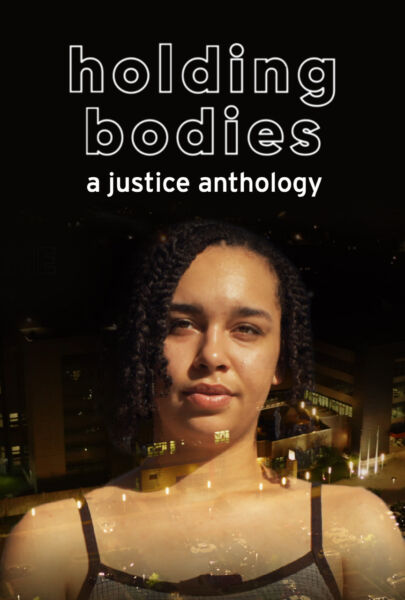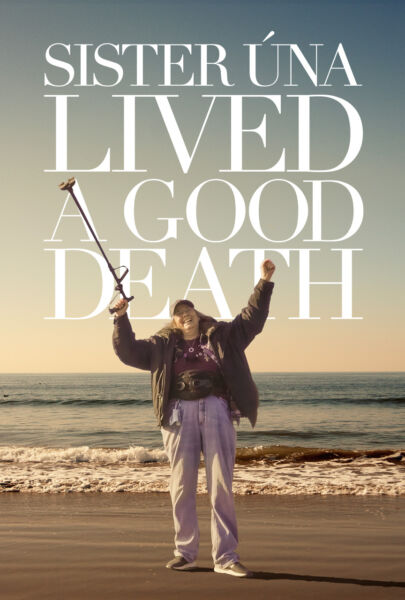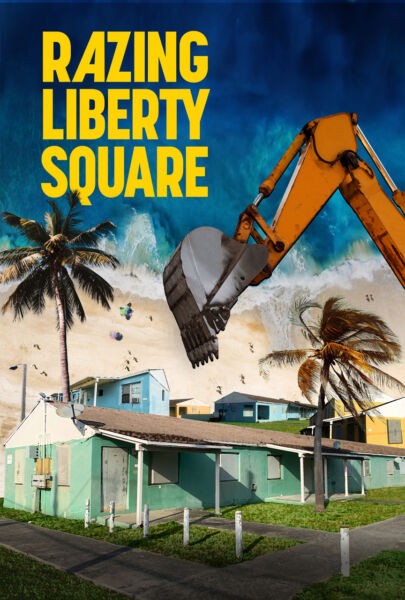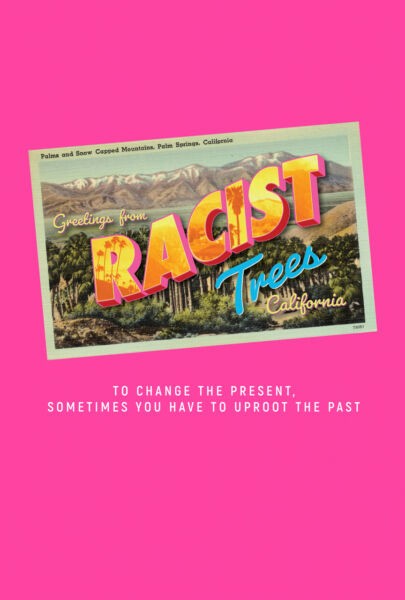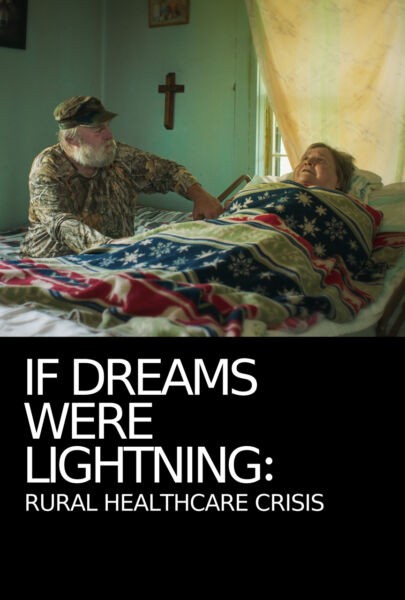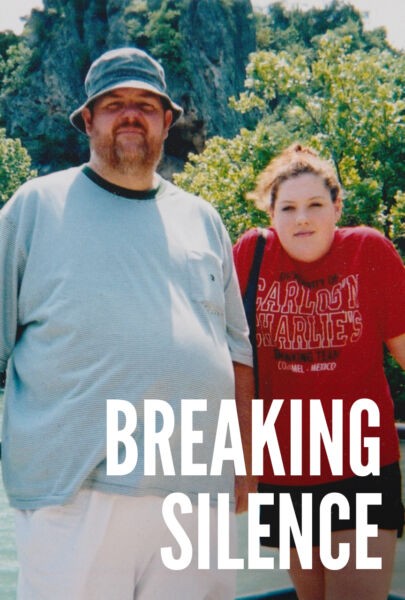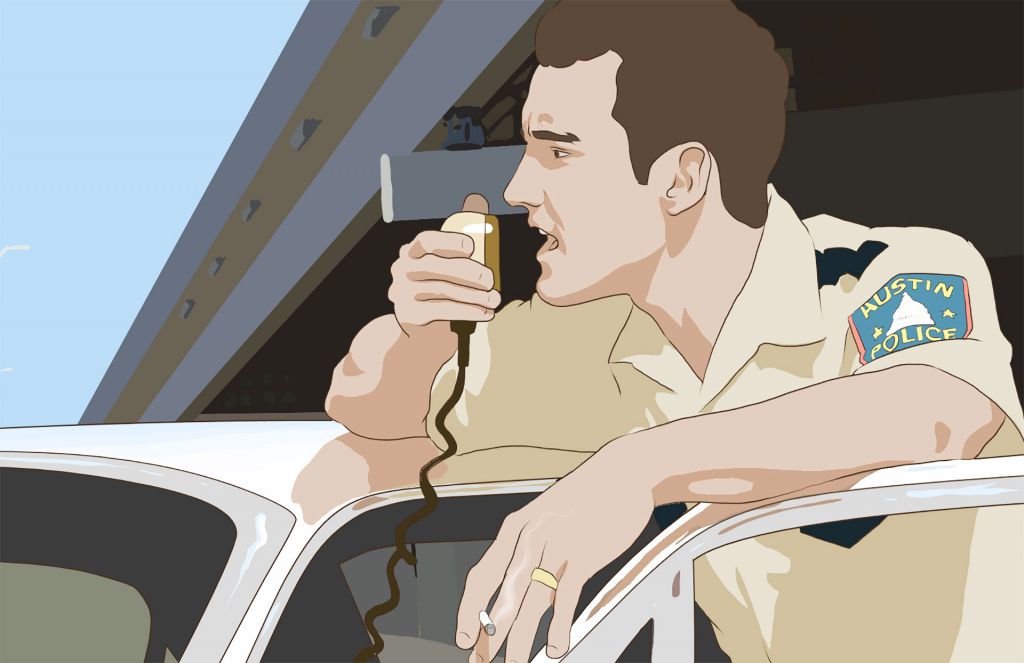
Keith Maitland‘s previous film The Eyes of Me, the moving story of a group of blind teenagers making their way in Austin, aired on Independent Lens and was nominated for an Emmy for Graphic Design and Art Direction. For TOWER, Maitland tells another Austin story, but one that goes back in time to 1966, for what is widely considered America’s first mass school shooting, at the University of Texas campus. But Maitland focuses not on the killer, as had been done before, but of the heroes and victims that day, from multiple angles, and took the unusual step of having most of the film animated.
Rather than that detaching from the emotional core of the stories here, it gives the film a “you are there” immediacy that brings the tense, harrowing events home. Of TOWER, winner of numerous awards and festival honors, including SXSW’s Grand Jury Prize and Audience Award, the Village Voice‘s Bilge Ebiri wrote, “Words can’t do justice to the singular power of Keith Maitland’s documentary… Through the recollections of witnesses and victims, the film simultaneously builds a present-tense narrative while portraying the terrifying resilience of memory and trauma.”
Maitland talked to us about his own memories of learning about the story when he himself was a student at the University of Texas, about using animation to tell the story, and helping the real-life characters tell their stories, in some cases for the first time since the shooting 50 years ago.
Can you tell us more about the first time you heard about the University of Texas shooting from a teacher? When you researched it more in-depth later did you find that their account of what happened was fairly accurate?
Keith Maitland: It’s not talked about a lot. It’s a thing that most people who grew up in Texas have some idea of [it having happened]. My knowledge of the shooting goes back to my seventh-grade Texas history class, a class that all seventh graders in Texas are required to take. I learned about it not because it was on the state-wide curriculum (because it’s not), but because my seventh-grade teacher was there that day. She told us the story from her own perspective, as a student who was in the middle of the confusion and had to figure out what was going on. She eventually looked up and saw the sniper on the tower, and she realized that if she could see him, he could see her. It was that moment of realization that always stuck with me.
I read Pamela Colloff’s oral history about the campus shooting, “96 Minutes,” when it was first published and my wheels immediately starting turning toward making a film, and making it an animated re-telling. My wife is a freelance photographer who often works with Texas Monthly, and Pamela Colloff is a collaborator and friend of hers. When the oral history came out, I couldn’t wait to talk to Pam about her experiences and pitch my idea about undertaking what would ultimately become TOWER.
That was the 40th anniversary and I was already deep into production on another film, so I realized that I’d have to wait to get started. That’s when I decided to aim for a release in conjunction with the 50th anniversary.
And you yourself went to the University of Texas; did anyone talk about the 1966 tragedy there or was it basically not talked about?
I expected to learn about it on campus, as an important part of the university’s history but what I discovered was that there was a complete vacuum there. I took a student tour on the first day of my freshman year, and when I asked about it, the tour guide said, “you know, we’re really not supposed to talk about that.”
That never made sense to me. It didn’t make sense that there was no real memorial on campus and no way for students to learn about and from this important history.
Is it true that some of your subjects had not really talked about their memories of being there that day, until this film? How did you convince them to talk about it (and comfort them through the process)?
As a documentary filmmaker, I try to be sensitive to my subjects. When I reach out to people to ask them to be involved in anything I shoot, I want them to want to share their story. And as complicated and traumatic as this event was, I was really prepared to be turned away by witnesses and survivors, but that really didn’t happen.
The individuals that I spoke to for the film were interested in engaging with their memories of 8/1/66 because they hadn’t really had a chance to do that very much. They all said to me in one way or another that “we really didn’t talk about it” and I found the process of getting to know these folks and hear their stories, connecting the dots on the history and connecting them with each other, it was all very cathartic.
[custom_html]
Did you always envision this film being at least partly animated?
The idea was an animated doc that allowed us to transcend time and geography. I really wanted to talk to the teenagers and young adults who live under the threat of this violence every day. I really wanted them to see themselves on the screen and the animation seemed like an ideal way to present an immediate and visceral retelling that would really place audiences in 1966.
And it allows the subjects to be presented as they were during and immediately after the shooting, so young audiences would be hearing from young voices and could relate. We also knew we couldn’t film the recreations on campus, and the animation allowed us to composite the foreground actions and backgrounds based on the campus in an authentic way without actually being there.
After you cast actors for the historic recreation scenes, did any of them meet their real-life counterparts?
The real subjects and the actors all got a chance to meet and connect with each other shortly before the premiere at SXSW this past year and it was incredible to see them all talking, so interested in each other and the process. They’ve formed a community with each other.
You made the important decision to focus this film on the victims, not at all on the shooter. Could you tell us about that decision, was it in part because cultural history gives too much mythology to mass killers?
I did a ton of research on this subject before committing to this project and nearly everything available is all about the sniper and presumptions about his motives; some of it is very curious and much of it is conflicting and full of conjecture. I thought about it, and the more I looked into the sniper story the more I realized there was nothing there for me to relate to in his story because no matter how much I learned about his complicated life, nothing excuses or really explains the big questions: WHY did he do this and WHAT makes it OK? The question that wasn’t being asked, though, is HOW. How do you survive this kind of thing? How do you live with it for 50 years?
I need to be able to relate to the characters on screen. I can see myself in Claire. I can see myself in Officers Martinez and McCoy and the reporters and others. I didn’t relate to the sniper and I didn’t want to ask audiences to do that because there was so much unexplored within the lives of these survivors. It wasn’t a light decision to eschew the sniper’s story. We really weighed and debated the decision, but I think our approach was the best for us and for this film.
I’m proud of where the film goes and I think by leaving the sniper’s story for a different storyteller to explore, we’ve left a lot more opportunity for the victims, witnesses, heroes, and survivors’ stories to connect with audiences and to offer healing and catharsis.
Which films and filmmakers were influential to you in general and when you were making TOWER?
I thought a lot about the great ensemble films of Robert Altman and Richard Linklater, about Westerns from the mid-’60s like A Fistful of Dollars, about thrillers and political thrillers like The Parallax View and All the President’s Men… As far as documentaries: Man on Wire, Atomic Cafe, Waltz With Bashir, and Thin Blue Line all offered me different perspectives to consider as we were designing the structure and approach to TOWER.


